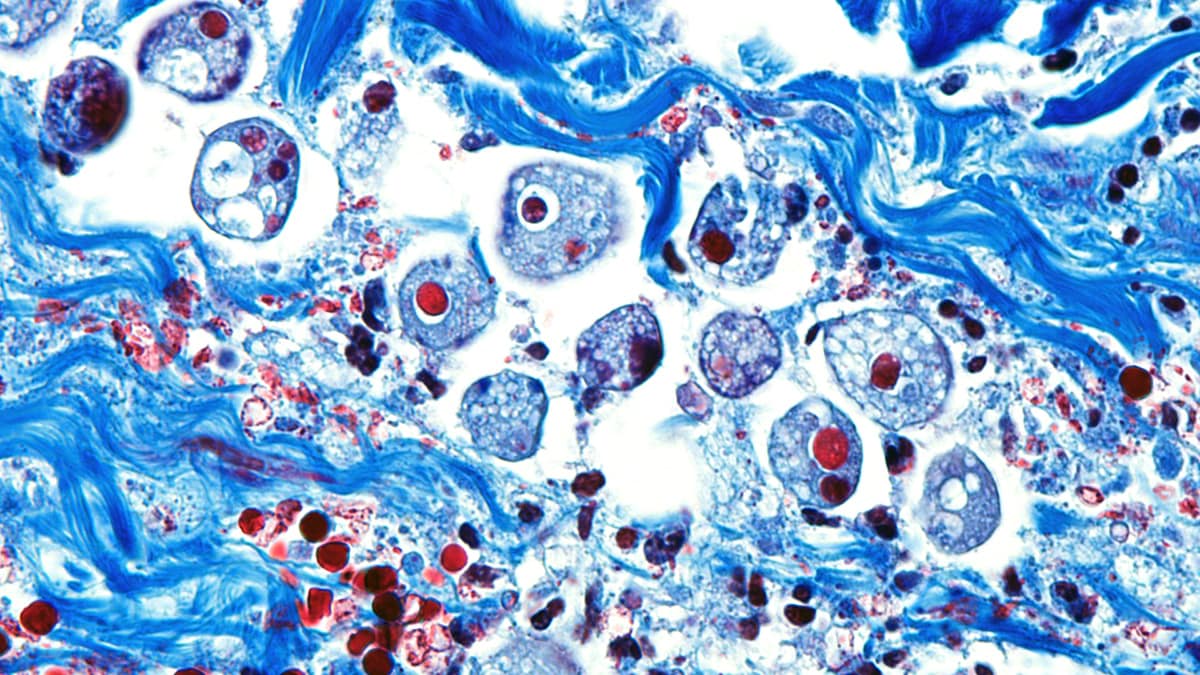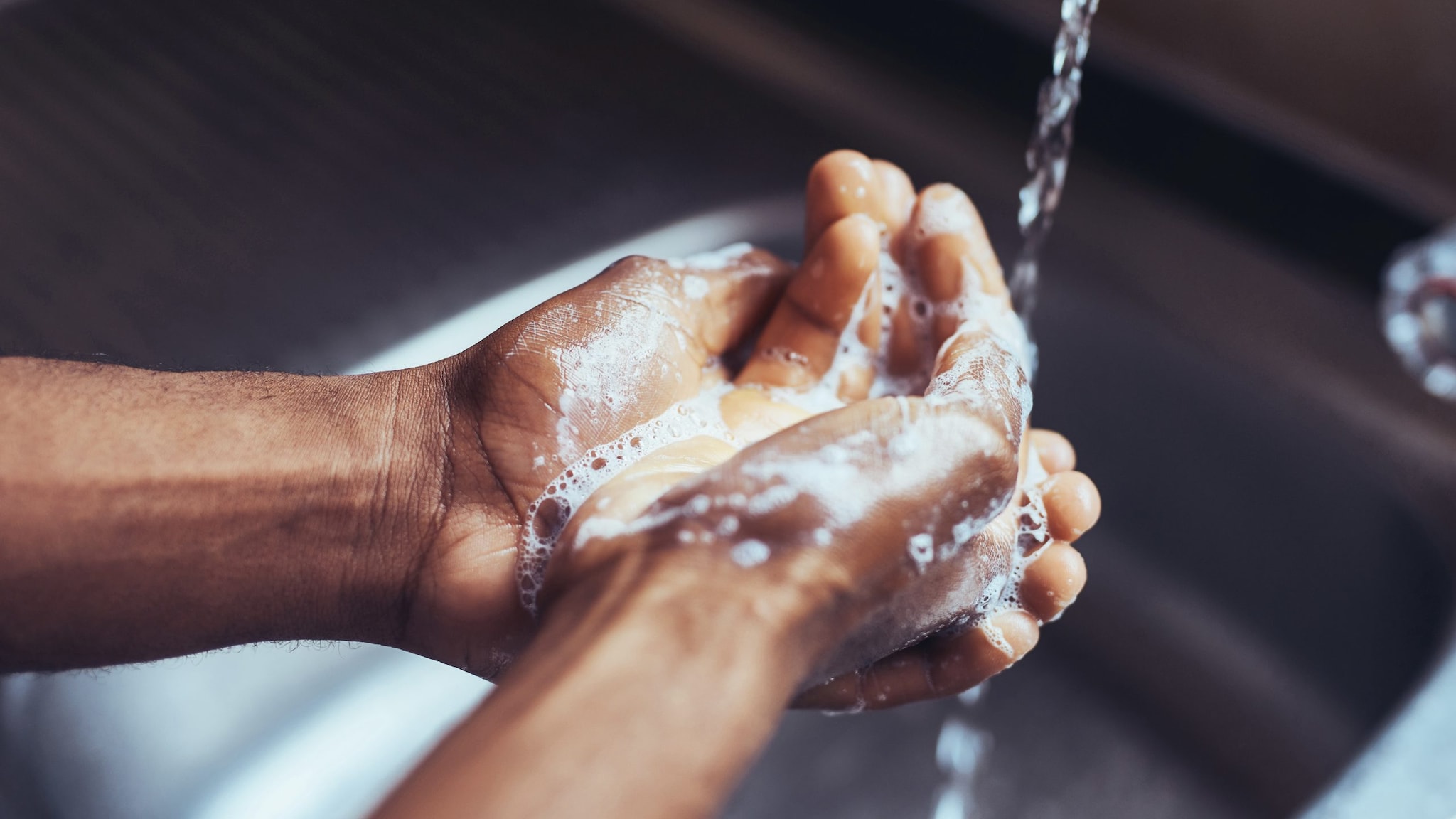Key points
- Amebiasis is a disease caused by the parasite Entamoeba histolytica.
- Amebiasis is more common in people living in tropical areas with poor sanitary conditions or people traveling to these areas.
- Antibiotics are effective in treating amebiasis.

Overview

Amebiasis is caused by the parasite Entamoeba histolytica, or E. histolytica. Anyone can get amebiasis. It is more common if you live in a tropical area with poor sanitary conditions or travel to one of these areas.
If you think you have amebiasis, see your healthcare provider. The disease can be difficult to diagnose. Most people with amebiasis don't get very sick. Everyone with amebiasis should receive medications to treat the infection.
Signs and symptoms
Only about 10% to 20% of people infected with E. histolytica become ill. Even then, symptoms are often mild. They can include diarrhea, stomach pain, and stomach cramping. Symptoms usually develop within 2 to 4 weeks but can show up later.
A severe form of amebiasis called amebic dysentery can cause stomach pain, bloody poop, and fever.
Rarely, E. histolytica travels through the blood stream to the liver and forms an abscess (collection of pus). In a small number of instances, the parasite has spread to other parts of the body, including the lungs and brain.
Risk factors
In the United States, amebiasis is most common in:
- People who traveled to tropical places with poor sanitary conditions
- Immigrants from tropical countries with poor sanitary conditions
- People who live in facilities with poor sanitary conditions
- People who have anal sex
Causes
You can get amebiasis if you:
- Swallow something such as water or food contaminated with E. histolytica
- Put something in your mouth that has touched the poop of someone infected with E. histolytica
- Swallow E. histolytica germs picked up from a contaminated surface or your fingers
Prevention

You can spread amebiasis to others. The risk is low if you get treated with antibiotics and practice good hygiene. This includes thoroughly washing your hands with soap and water after going to the bathroom or changing diapers. You should also wash your hands before handling or preparing food or drinks.
If in an area with poor sanitary conditions:
Don't eat or drink:
- Fountain drinks or any drinks with ice cubes
- Fresh fruit or vegetables you didn't peel yourself
- Milk, cheese, and dairy products that may not have been pasteurized
- Food or drinks sold by street vendors
It is safe to drink:
- Bottled water with an unbroken seal
- Carbonated (bubbly) water from sealed cans or bottles
- Carbonated drinks like soda from sealed cans or bottles
- Tap water that has been boiled for at least 1 minute
You also can make tap water safe to drink by first filtering it through an "absolute 1 micron or less" filter. Then dissolve chlorine, chlorine dioxide, or iodine tablets in the filtered water.
Diagnosis
Your healthcare provider will ask for a sample of your poop. You may be asked for several samples from different days. This is because E. histolytica is not always found in every sample.
Diagnosing amebiasis can be very difficult. Other parasites and cells can look very similar to E. histolytica under a microscope.
If you've been told that you have an E. histolytica infection but you're feeling fine, you might be infected with a different parasite, Entamoeba dispar, or E. dispar. It is about 10 times more common worldwide. E. dispar doesn't make people sick and doesn't need to be treated.
Some laboratories, including CDC, have tests that can tell if a person is infected with E. histolytica or E. dispar. Fluid from liver abscesses can also be tested for E. histolytica.
